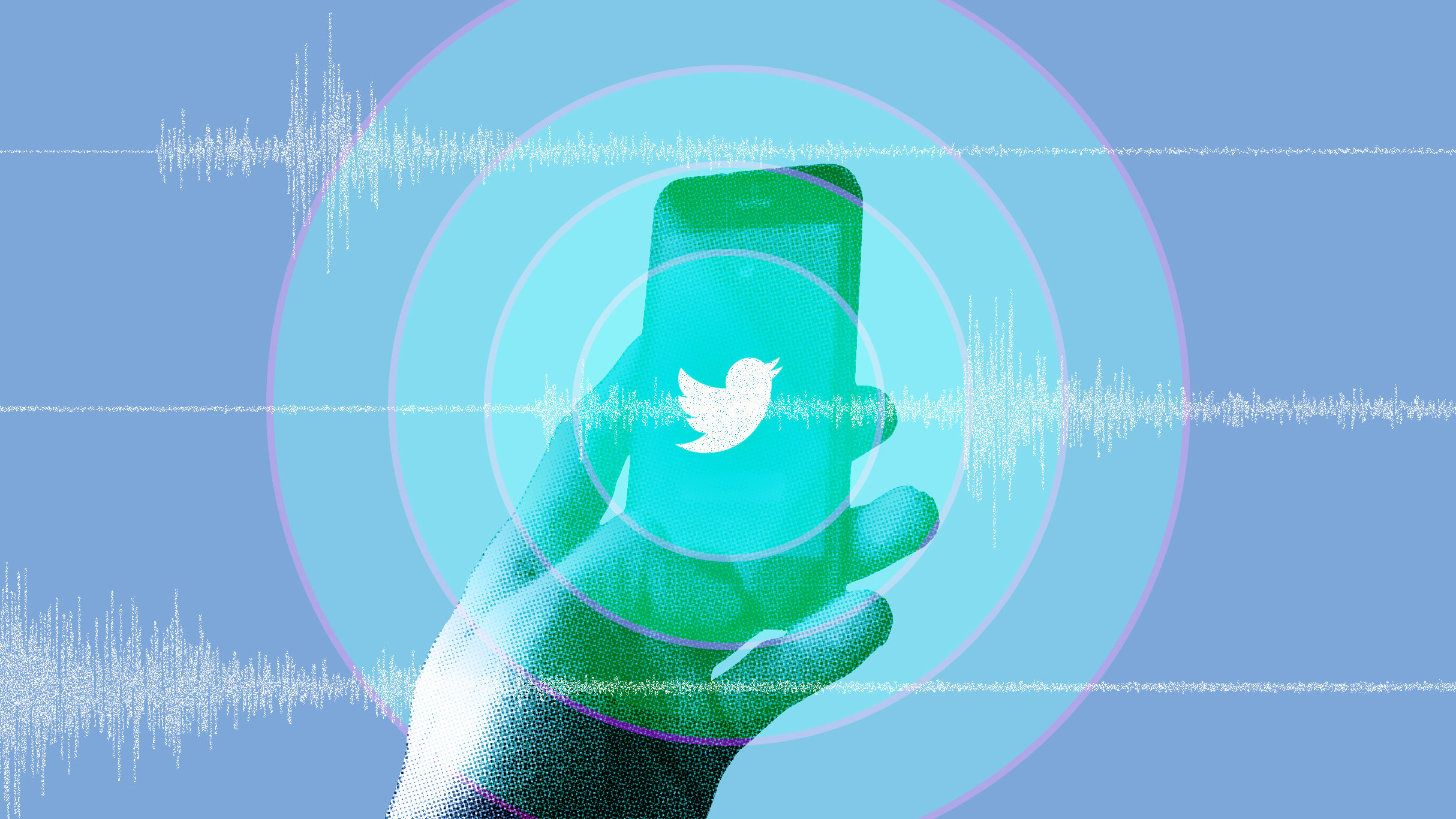Crowdsourced reports could save lives when the next earthquake hits

When it comes to earthquakes, every minute counts. Knowing that one has hit—and where—can make the difference between staying inside a building and getting crushed, and running out and staying alive. This kind of timely information can also be vital to first responders.
However, the speed of early warning systems varies from country to country. In Japan and California, huge networks of sensors and seismic stations can alert citizens to an earthquake. But these networks are expensive to install and maintain. Earthquake-prone countries such as Mexico and Indonesia don’t have such an advanced or widespread system.
A cheap, effective way to help close this gap between countries might be to crowdsource earthquake reports and combine them with traditional detection data from seismic monitoring stations. The approach was described in a paper in Science Advances today.
The crowdsourced reports come from three sources: people submitting information using LastQuake, an app created by the Euro-Mediterranean Seismological Centre; tweets that refer to earthquake-related keywords; and the time and IP address data associated with visits to the EMSC website.
When this method was applied retrospectively to earthquakes that occurred in 2016 and 2017, the crowdsourced detections on their own were 85% accurate. Combining the technique with traditional seismic data raised accuracy to 97%. The crowdsourced system was faster, too. Around 50% of the earthquake locations were found in less than two minutes, a whole minute faster than with data provided only by a traditional seismic network.
When EMSC has identified a suspected earthquake, it sends out alerts via its LastQuake app asking users nearby for more information: images, videos, descriptions of the level of tremors, and so on. This can help assess the level of damage for early responders.
The inspiration for this latest approach was noticing that earthquakes brought huge surges of traffic to the EMSC website and the LastQuake app. During an earthquake in Bali, Indonesia, in August 2018, the team received 1,000 reports to the app in just a few minutes, according to Rémy Bossu, EMSC’s secretary general. The app tracks the users’ physical location (with their permission), while the team used IP address location as a proxy for earthquake locations with the site visits.
“It’s an effective and fairly clean signal. An earthquake happens at a fixed point in time, and then there’s a surge of people searching for information,” says Robert Steed, a scientific programmer at EMSC and coauthor of the study.
“People effectively are our real-time sensors,” Bossu adds.
Rather than replacing seismic data, this method of analysis can accelerate detection and improve confidence that a “felt” earthquake (one detectable to humans) has definitely occurred, the paper explains. This can help kick the local area’s response mechanisms into gear more quickly.
This is the first case of a citizen science project improving the performance of a seismic monitoring network, says Bossu.
“It’s a good example of how recent developments in technology and the masses of data that are now available online in almost real time are leading to better scientific results,” says John Douglas, a seismology expert at the University of Strathclyde in Scotland, who wasn’t involved in the study.
This could reduce deaths by alerting the authorities much more quickly when a potentially damaging earthquake has occurred, helping them to ready teams for deployment in case of structural damage, Douglas adds.
The next step will be testing this new system during an actual earthquake. It’s still in prototype but will be ready to be evaluated starting this summer.
- Correction: we amended the number of reports the LastQuake app received <
Keep Reading
Most Popular
Large language models can do jaw-dropping things. But nobody knows exactly why.
And that's a problem. Figuring it out is one of the biggest scientific puzzles of our time and a crucial step towards controlling more powerful future models.
The problem with plug-in hybrids? Their drivers.
Plug-in hybrids are often sold as a transition to EVs, but new data from Europe shows we’re still underestimating the emissions they produce.
Google DeepMind’s new generative model makes Super Mario–like games from scratch
Genie learns how to control games by watching hours and hours of video. It could help train next-gen robots too.
How scientists traced a mysterious covid case back to six toilets
When wastewater surveillance turns into a hunt for a single infected individual, the ethics get tricky.
Stay connected
Get the latest updates from
MIT Technology Review
Discover special offers, top stories, upcoming events, and more.